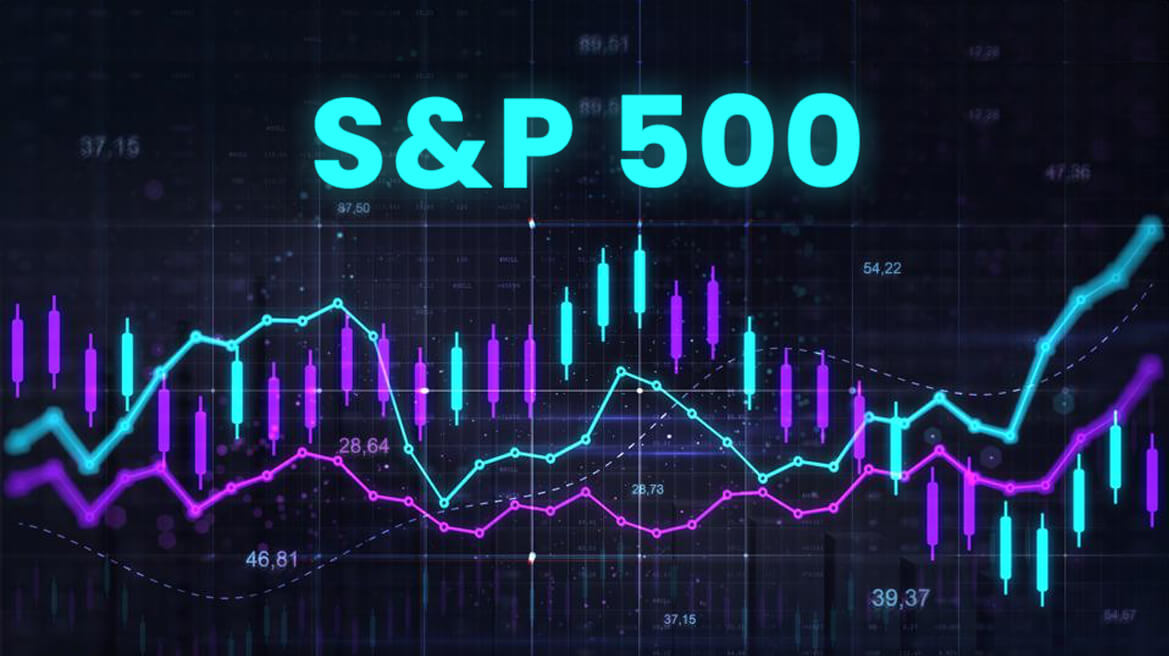
The S&P 500’s recent 8.49% drop is part of a broader historical pattern, indicating potential for long-term recovery despite short-term volatility.
The Volatility Index (VIX) has experienced one of its largest spikes since 2000, suggesting strong market returns a year later but also highlighting the possibility of negative returns in the short term.
Technology and defense stocks have shown divergent trends, with companies like Nvidia (NVDA) facing short-term challenges, while Northrop Grumman (NOC) benefits from geopolitical tensions.
The recent correction in the S&P 500, as observed, is not an isolated event but part of a broader historical pattern. This pattern indicates that while the market faces short-term volatility, there’s potential for recovery in the long run. The S&P 500’s drop of 8.49% marks its second significant correction this year, yet the index has managed to achieve a gain of over 12% in 2024. This performance is noteworthy, especially when considering that it surpasses the average annual increase the index has seen since 1950.
The Volatility Index (VIX), often referred to as the market’s “fear gauge,” has shown dramatic movements, with one of its largest spikes since 2000, followed by a swift decline. Historically, such patterns in the VIX have been precursors to strong market returns a year later. However, it’s also important to note that S&P returns can sometimes turn negative one month after these spikes. This volatility underscores the need for caution among investors in the short term.
Monitoring key indicators like the S&P 500 Index ETF (SPY) and its reactions at the 200-day moving averages can provide insights into long-term market trends. Similarly, the VIX and the ProShares VIX ETF (VXZ) serve as important tools for gauging market volatility. On the sector front, technology and defense stocks have shown divergent trends. While tech companies like Nvidia (NVDA) have experienced significant growth, they also face potential short-term challenges, as indicated by resistance at short-term trendlines.
In contrast, defense stocks such as Northrop Grumman (NOC) have seen notable gains, with NOC shares increasing nearly 15% over the past month. This uptick is largely attributed to global geopolitical tensions, such as the incident at a Ukrainian nuclear power plant, highlighting the impact of geopolitical conflicts on market dynamics.
Given these observations, the recent market correction, while aligning with historical trends, calls for cautious optimism among investors. The potential for a long-term market recovery is evident, but the path is fraught with short-term volatility and geopolitical uncertainties. Investors are advised to stay informed and closely monitor market indicators and developments to navigate these challenging times effectively.

